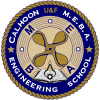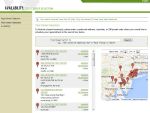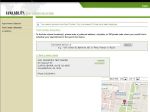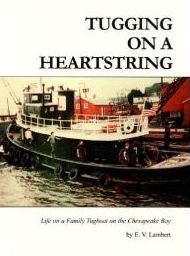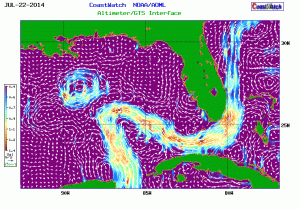

 I’ve been working in the G.O.M. for the last 16 months or so and regularly find myself making that long transit from the Dry Tortugas to the Southwest Pass of the Mississippi River. The trip is more or less a great circle extending 400+ nm. The first few times I made the crossing I noted that I would have an extreme “crab angle” due to the influence of the current known simply as “The Loop” aka a parent source of the Gulf Stream. Sometimes I’d be steering upwards of
I’ve been working in the G.O.M. for the last 16 months or so and regularly find myself making that long transit from the Dry Tortugas to the Southwest Pass of the Mississippi River. The trip is more or less a great circle extending 400+ nm. The first few times I made the crossing I noted that I would have an extreme “crab angle” due to the influence of the current known simply as “The Loop” aka a parent source of the Gulf Stream. Sometimes I’d be steering upwards of  15 degrees into the current in order to make good my charted course and struggling to make any real speed. Sliding across the Gulf is the rule.
15 degrees into the current in order to make good my charted course and struggling to make any real speed. Sliding across the Gulf is the rule.
There’s little doubt that this is old news to the guys who have been working the gulf for years, but it was a real surprise to me. I mean, I expected different, but not to this degree. Banging up against the Gulf Stream makes for slow going, no real mystery there. And running with the stream is amazing in that your speed exceeds anything you thought the boat could do…but the loop?
The “Loop” is a current in the Gulf of Mexico and flows at greater or lesser velocities as the seasons change. It is known to meander widely and is formidable enough to knock more than 3 to 4 knots off your speed. Meander is a gentle way of putting it, one watch you’re cruising nicely, next you’re wondering if the wheels fell off… It’s seems to be all over the place, but with satellite imagery and telemetric magic it can be tracked. And if it can be tracked it can be planned for. Soooo for those of you who know all about this, need read no further unless you’d like to proof my work. In which case I will gladly accept any additional clarifying data you’d wish to provide.
The information one needs in order to visualize and to take advantage of / or steer around this current has been available, but the resource (available in the form of “pilot charts”) only gives a general overview of the current by the month. Honestly, I didn’t find them all that helpful.
My colleague gave me this link that provides just the kind of data you can use. The site is paid for by our tax dollars and in my opinion money well spent.
You’ll need to make certain your security settings in your browser allow java applets to run.
The initial page gives you the overview which you can select a geographic area and what you’d like to see. If you just want velocities, click it. If you want to save the data as an image, select .gif format. The smaller the geographic area, the easier you’ll be able to interpolate the lat and lon grid. (I use MS Paint to overlay the more detailed lat/lon grid, it’s a bit tedious but yields an reasonably accurate grid to pick off waypoints)).
Note the red grid over the gulf. you can resize it as you wish and pick the day average as well. I usually use a 3 day average. Once you’ve made your selection choose .gif if you want to save the image. After that, you can eyeball the route you want to take and then identify the waypoints you’ll need to hit to go around the adverse current or to take advantage of a following current.

This link has been updated.
This will assist in selecting a course around the higher velocities and hopefully save some time on your next transit. Sometimes a few miles out of the way can save more than a few hours, an all important option when it’s close to crew change. After all that is the most important consideration….just sayin’
Read Full Post »











 15 degrees into the current in order to make good my charted course and struggling to make any real speed. Sliding across the Gulf is the rule.
15 degrees into the current in order to make good my charted course and struggling to make any real speed. Sliding across the Gulf is the rule.
